QS World University Rankings
The history of university rankings began in the United States, when US News and World Report published the “Best Colleges Rankings” in 1893. And the first international ranking ARWU – Academic Ranking of World Universities (Academic ranking of universities) appeared in 2003. Today there are more than 10 generally recognized global rankings.
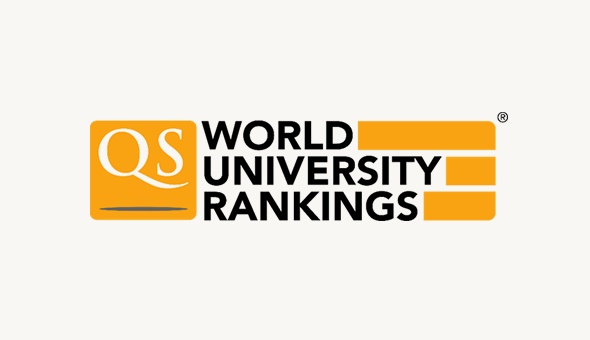
Existed since 2004, published annually. It compares over 2,500 universities and selects the top 1,000. This is the most popular university ranking in the world.
Indicators: the activity of universities and the quality of research activities, the opinion of employers about graduates and their career potential, teaching and internationalization, mobility of students and faculty.
Methodology:
40% – academic reputation;
20% – citing scientific works of the teaching staff of the university;
20% – the ratio of the teaching staff of the university and the number of students.
10% – reputation among employers;
5% – the share of foreign teachers of the university in relation to the total number of teaching staff;
5% – the share of foreign students in relation to the total number of students at the university.
The study is carried out by the British consulting company Quacquarelli Symonds (QS), founded in 1990.
THE WUR (Times Higher Education World University Rankings)
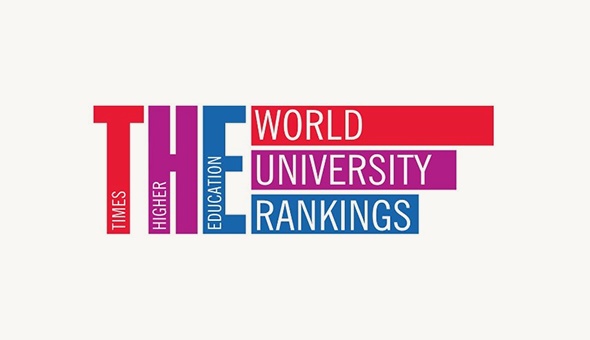
Ranking of the best universities according to the British edition of the Times Higher Education. It has existed since 2010 and is published annually. Out of the assessed 1,400 higher education institutions from 92 countries, the top 200 is formed. THE WUR is considered the largest and most diverse university rankings to date.
Indicators: the ranking takes into account 13 criteria, divided into 5 blocks: learning environment, research, citation of scientific papers, international cooperation and industry income.
Methodology:
32.5% – citations of scientific publications;
19.5% – the scientific reputation of the university in certain areas, determined according to a survey of the scientific community;
15% – academic reputation of the university;
6% – the number of defended dissertations to the total number of teaching staff;
5.5% – volume of research funding by third-party companies;
5.25% – the amount of funding for research activities of the university in relation to the number of teaching staff;
4.5% – the number of published scientific articles to the total number of teaching staff;
4.5% – the ratio of the number of teachers and students;
3% – the share of foreign university teachers in relation to the total number of teaching staff;
2.25% – the number of defended dissertations of students applying for the title of masters;
2.25% – the average amount of remuneration of the teaching staff;
2% – the share of foreign students in relation to the total number of students at the university;
0.75% is the ratio of state funding for research activities to the total research budget of the university.
3. Academic (Shanghai) Ranking of the Best Universities in the World (ARWU)
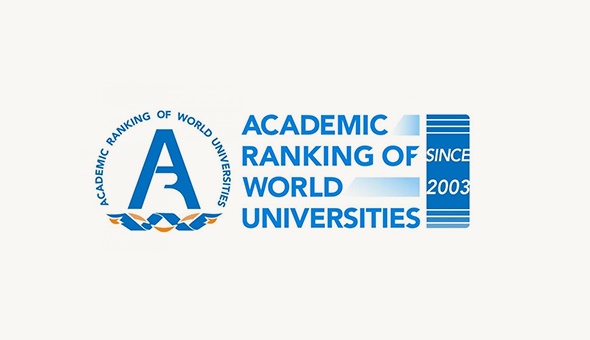
Since 2003, compiled at Shanghai Jiao Tong University. Initially, the ranking was created to determine the place of Chinese universities among the international leaders, but later it was used to assess the performance of 2,000 universities. ARWU-500 is published based on the research results.
Metrics: To participate in the study, the university must have alumni and staff who are Nobel or Fields laureates.
It takes into account the quality of teaching and the quality of the teaching staff, as well as achievements in the field of research (i.e., the number of published papers and citations) and the indicator of performance per one member of the teaching staff.
Methodology:
10% (Alumni) – Nobel or Fields laureates alumni;
20% (Award) – Nobel or Fields laureate faculty members;
20% (HiCi) – Frequently cited researchers in all areas of science and technology;
20% (N & S) – the number of articles published in the journals Nature and Science;
20% (PUB) – the number of articles included in the Science Citation Index – Expanded (SCIE) and Social Sciences Citation Index – databases for accounting of citation of works;
10% (PCP) – the ratio of the above five indicators to the number of teaching staff.
4. Ranking of the best universities in the world U.S. News
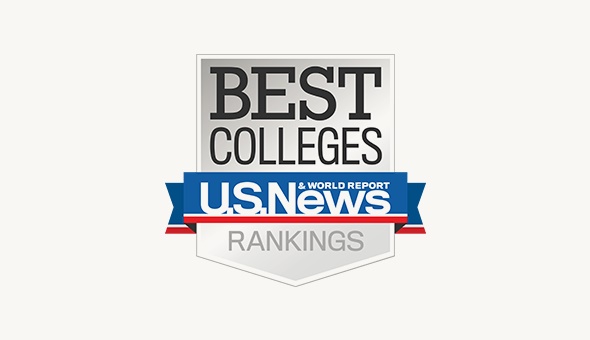
American news and analytical magazine U.S. News & World Report is published in Washington DC. In 2014, the first ranking of higher education institutions was published, but the company has been researching American universities at the global and national levels for more than 30 years. In 2019, the U.S. News Best Global Universities is 1500 universities from 81 countries.
Indicators: the study is based on 13 criteria, which include the number of citations, the activity of publishing scientific articles, the global and regional research reputation. The publication uses the InCites tool, which allows you to track research performance and compare scientific performance with other organizations, including those from other countries. It is based on the data of the Web of Science database (a database with data of publications in scientific journals; takes into account citations).
Methodology:
12.5% - Global R&D Reputation;
12.5% - regional research reputation;
12.5% - the number of publications included in the 10% most cited group;
10% – number of publications over 5 years;
10% – normalized citation rate;
10% – the share of publications included in the 10% group of the most cited in the total number of university publications;
7.5% – total number of citations;
5% – the number of articles in international co-authorship;
5% – the number of frequently cited publications over 10 years, included in the 1% group of most cited in their scientific field;
5% – the ratio of the number of frequently cited publications over 10 years, included in the 1% group of the most cited in their scientific field, to the total number of university publications;
5% – the number of publications with foreign co-authors in the total number of university publications;
2.5% – the number of books published in 5 years;
2.5% – conferences and publications following the results.
5. Webometrics Ranking of World Universities
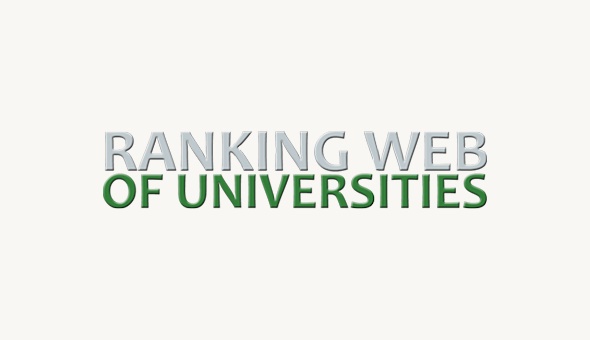
This is a ranking of universities’ websites. The Cybermetrics Lab and the research group of the Spanish National Research Council (CSIC) Center for Information and Documentation publishes a ranking of universities twice a year, evaluating their websites and position in the global Internet space according to 4 parameters. The research has been conducted since 2004. Among the 27,000 websites of universities, 12,000 of the best were selected.
Methodology:
50% (visibility) – the number of external sources creating backlinks to the university website;
35% (dominance) – the most cited articles in 26 scientific areas according to the analytical data of the SCImago research group – an indicator of the influence of scientific journals.
10% (transparency) – the total number of citations of the top 100 profiles of university scientists in Google Scholar citations (“Google Academy Bibliographic Links”);
5% (presence) – The number of web pages hosted on the university’s main web domain, indexed by Google. All file types are taken into account.
6. RUR World University Rankings
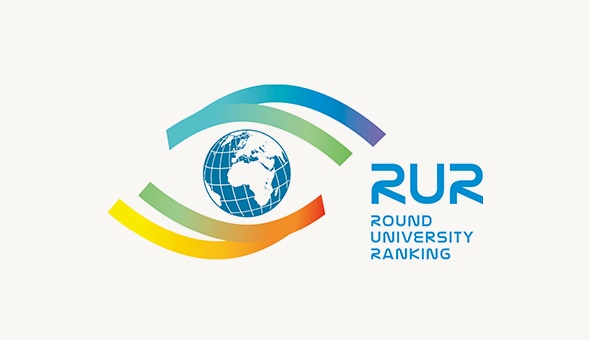
The Russian company “RUR Rating Agency” has been compiling the Round University Ranking (RUR) since 2010. RUR-2020 compares 829 universities from 71 countries of the world. Data for analysis is provided by Clarivate Analytics, an independent American company that manages databases, information systems and collections of intellectual property. The “RUR Rating Agency” also publishes 30 ratings in 6 subject areas: humanities, life sciences, medical, natural, social and technical sciences.
Indicators: Universities are ranked according to 20 indicators grouped according to 4 key areas of university activity: teaching, research, international diversity and financial sustainability.
Methodology:
Training (40%)
8% – the ratio of the number of teachers and students;
8% – the ratio of the number of teachers and graduates of bachelor’s degree;
8% – the ratio of the number of PhD degrees awarded to the total number of teachers;
8% – the ratio of the number of awarded PhD degrees to the total number of undergraduate graduates;
8% – teaching reputation.
Research (40%)
8% – the number of citations to the total number of scientific and pedagogical workers;
8% – the percentage of theses defended from the total number of students admitted to the first year;
8% – normalized citations;
8% – ratio number of publications to the total number of research and teaching staff;
8% – reputation in the field of research.
Internationalization (10%)
2% – the share of foreign teachers;
2% – the share of foreign students;
2% – the share of publications in international co-authorship in the total number of publications;
2% – international reputation;
2% – level of internationalization (average value of previous indicators).
Financial stability (10%)
2% – the volume of the university’s budget to the total number of teachers;
2% – the volume of the university’s budget to the total number of students;
2% – the ratio of the number of publications to the research budget;
2% – the volume of the research budget to the total number of research and teaching staff;
2% – the ratio of the research budget to the total university budget.
7. University Ranking of Academic Achievement (URAP)
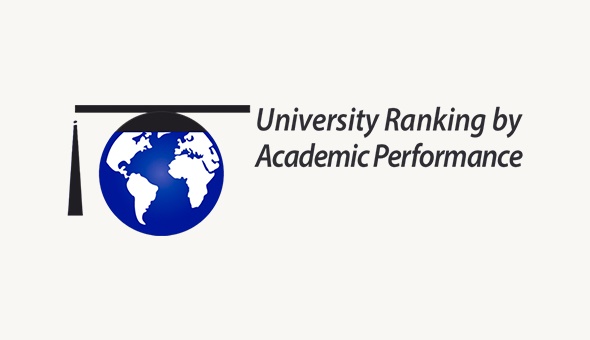
This is a University Ranking by Academic Performance based solely on their research activities. The Middle East Technical University in Ankara has been forming it since 2010. 6 performance indicators are taken into account and the top 2000 universities out of 2500 participating are published.
Methodology:
21% – the number of articles indexed in the Web of Science;
21% – citations of publications;
10% – the total number of scientific documents;
18% – the total impact of articles;
15% – overall impact of citations;
15% – share of publications co-authored with foreign universities.
8. Moscow International Rating “Three University Missions” (MosIUR “The Three University Missions”)
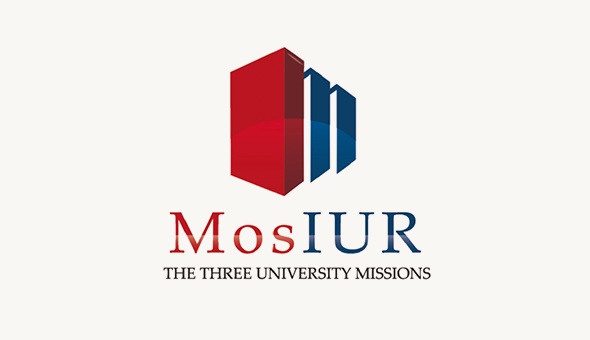
The Association of Compilers of Ratings, Rankings and Other Performance Evaluations (ACP), together with the RAEX rating agency, first published the rating in 2017. This is the first Russian rating recognized by the international community. Founder – Russian Union of Rectors. In 2019, the ranking included 1200 universities from 79 countries.
Indicators: This is a ranking that assesses 3 areas: education, research and the relationship between the university and local communities. It is notable for its objectivity, since it excludes data from rehearsal surveys and takes into account only quantitative indicators.
Methodology:
Education (45%)
7% – the number of victories of university students at international student Olympiads;
8% – the share of foreign students;
15% – the ratio of the university budget to the number of students;
15% – the ratio of the number of teaching staff to the number of students .
Science (25%)
( global level);
1% – average normalized citations according to Scopus (national level);
1% – average normalized citations according to Web of Science (national level);
5% – ratio of research income to the number of faculty members;
2% – normalized views of scientific publications (according to Scopus).
University and society (30%)
5% – the number of the university’s online courses hosted on the largest global online platforms;
4% – the university’s share in the total volume of publications in the country;
4% – the total number of indexed pages of the university’s website leading search engines;
1% – the number of views of the university’s page on Wikipedia;
4% – the number of subscribers to the university’s account on social networks;
8% – the number of university graduates who have a separate page on Wikipedia “;
4% – the size of the Internet audience of the university website.
9. World professional ranking of universities RankPro
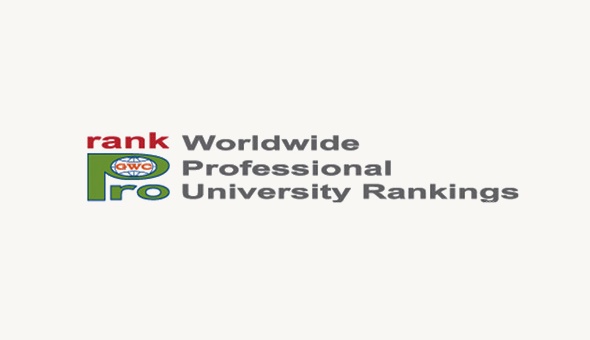
This rating is published annually by the International Council of Scientists under the Global World Communicator (GWC), Education and Science program. It takes into account 3 main areas and in 2020 identified the 700 best universities in the world.
Methodology:
50% – academic ranking (the number and composition of students and research and teaching staff of the university);
25% – ranking by ВС-index (information availability on the English version of the home page of the university website);
25% – reputation ranking (takes into account the positions of universities in global and national rankings and the results of an expert survey of members of the International Council of Scientists from more than 40 countries).
10. International University Ranking CWUR (The Center for World University Rankings)
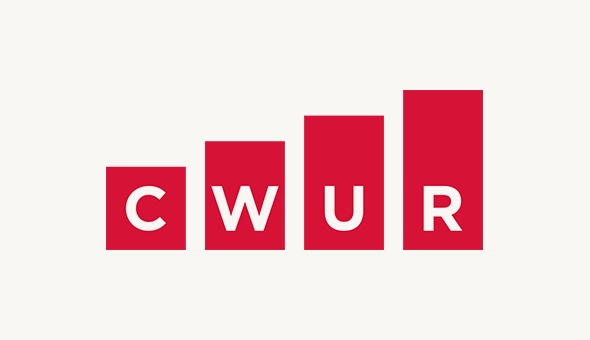
Center for World Universities Rankings is a leading consulting organization providing policy advice, strategic insights and advisory services to governments and universities to improve educational and research outcomes. The ranking began as a project in Jeddah, Saudi Arabia, which aimed to compare the top 100 universities in the world. In 2019, the ranking expanded to list the top 2,000 out of 20,000 universities in 99 countries, making it the largest academic ranking of universities in the world.
Since 2016, the headquarters of the World University Ranking Center is located in the United Arab Emirates.
Indicators: Since 2012, the CWUR has published an academic ranking of world universities that assesses education quality, graduate employment, research results and citations, without relying on surveys and university data reporting.
Methodology:
25% – the quality of education (the number of university graduates who have won major international awards, prizes and medals depending on the size of the university);
25% – employment of graduates (the number of university graduates who have served as CEOs in the world’s leading companies relative to the size of the university);
10% – the quality of teaching (the number of scientists who have won major international awards, prizes and medals).
Research:
10% – research results measured by the total number of research papers;
10% – publications measured by the number of scientific articles appearing in leading journals;
10% – influence measured by the number of scientific articles published in influential journals journals;
10% – citations of scientific works.Other ratings
1. U-Multirank
A multidimensional ranking that evaluates universities with similar institutional profiles. It offers not a general table, but the possibility of comparing higher education institutions according to different indicators. The U-Multirank web tool allows comparisons at the university level as a whole and at the level of specific curricula.
The new multidimensional ranking system (U-Multirank) was adopted at the end of January 2013 in Dublin by the European Union.
When compiling the rating, statistical data provided by universities, data available on public resources, as well as students’ opinions are used.
Assessment system: universities are assessed in 5 areas (education, research activities, knowledge transfer (partnership), internationalization and contribution to regional development. As a result of the study, each university receives a letter grade: A – excellent, B – good, C – satisfactory, D – below average and E – weak.
The 2019 ranking compares 1,711 higher education institutions from 96 countries. The activities of universities were assessed in 24 subject areas, 12,500 educational programs implemented within 5153 faculties were analyzed.
2. Leiden University Ranking (CWTS)
The Leiden ranking of research activities of the world’s leading universities is compiled by the Center for Science and Technology Studies at the University of Leiden (Netherlands).
It was first published in 2007 and is based on bolometric indicators only. Since 2010, it has been a multidimensional ranking that compares universities according to various indicators, without combining them into a single list. It turns out that the CWTS ranking is 9 different ranked lists. Initially, the universities in the ranking are ordered by the number of publications.
3. International Student Barometer (ISB)
An International Student Survey (ISB) that tracks and compares decision making, expectations, perceptions and intentions of our international students from admission to graduation.
4. Rating of the best universities in Russia RAEX-100: online survey
The RAEX rating agency publishes the rating annually from 2012 to the start of the admissions campaign. In 2019, more than 50,000 students from 158 universities in the country took part in the survey.
Link to source
